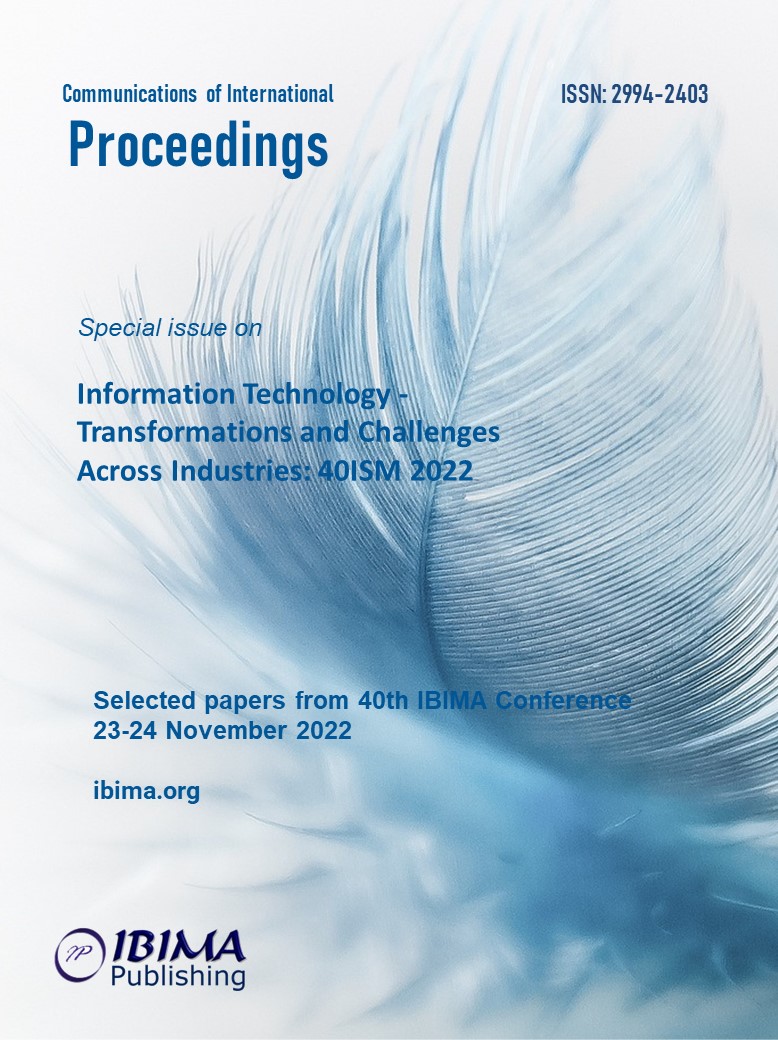
Lisa SAHYOUNE, Amir Hossein GHAPANCHI and Gitesh K. RAIKUNDALIA
College of Engineering and Science, Victoria University, Melbourne, Australia

This study aims to determine the consequences of introducing Augmented Reality (AR) technology to the construction industry. As such, this study has recognised substantial user resistance and significant challenges when using AR technology. It can be noted that numerous technological advancements have altered the way the construction industry can operate. However, the construction industry is somewhat reticent to accept AR technology. Thus, it should be emphasised that several essential aspects help to explain why AR technology is not seen as a growth prospect in the construction industry. The methodology approach outlined in this study is a literature survey, and the findings were established through a causal loop diagram. This causal loop diagram consists of three major groups: the critical constraint, the negative feedback loop, and the key enabler. The findings have outlined that the implications of using AR technology in the construction industry are user resistance, awareness, decision-making, processes, alignment, project performance, and productivity. Furthermore, the consequences of AR technology in the construction industry are adapted by not fully utilising the prospect of technology. Therefore, the construction industry needs to integrate Building Information Modelling (BIM) and cloud models with AR technology to ensure the benefits are confirmed.